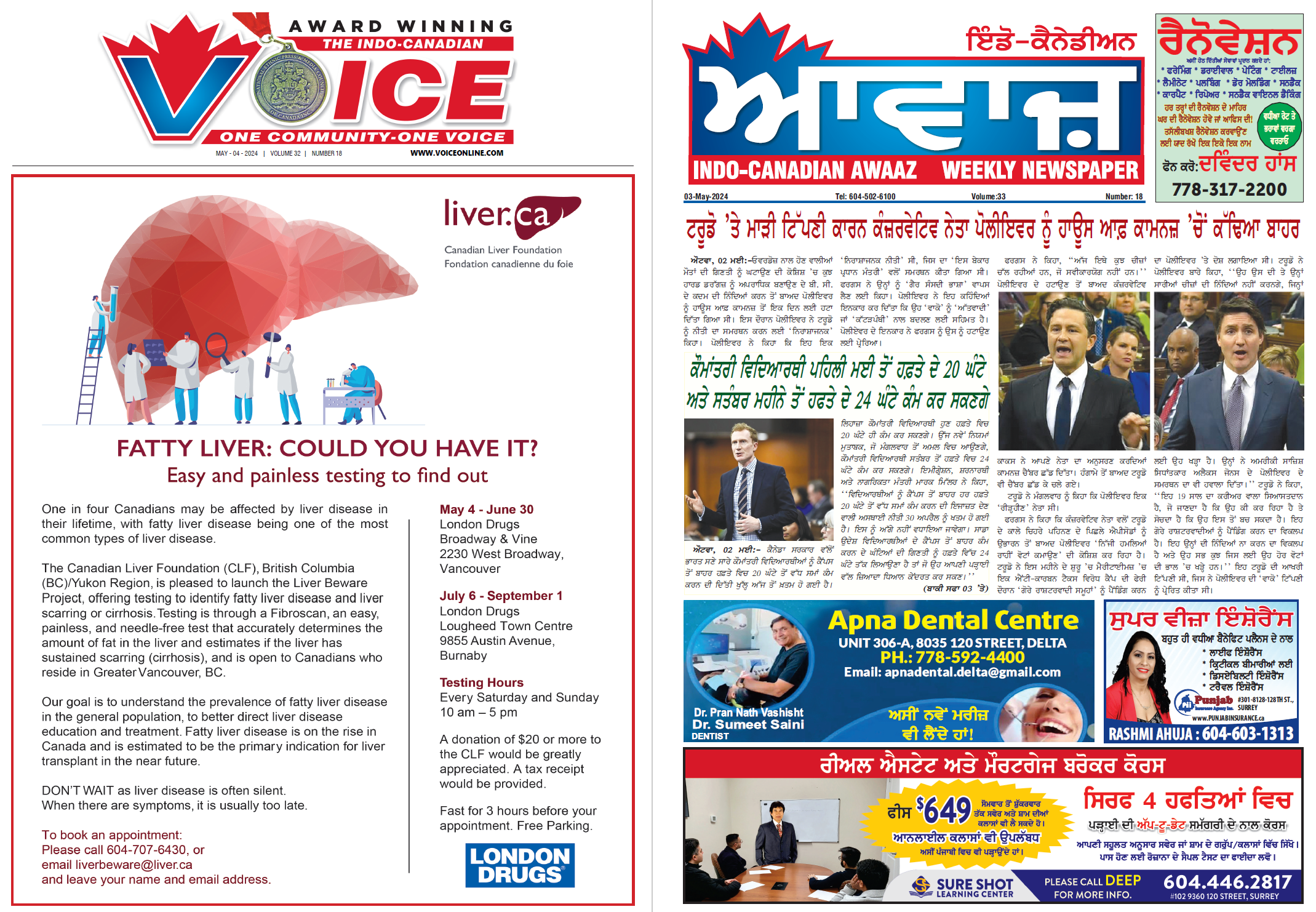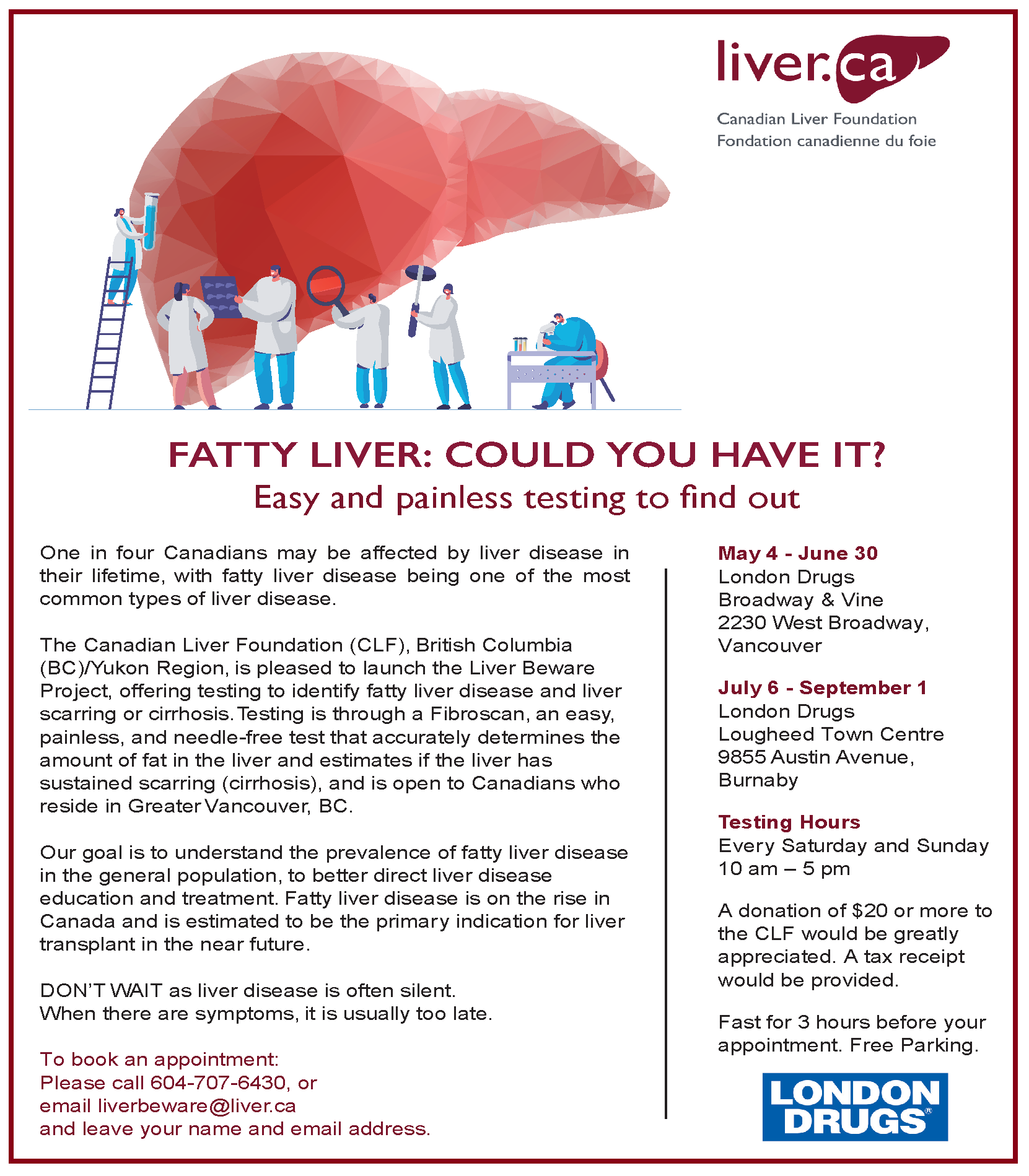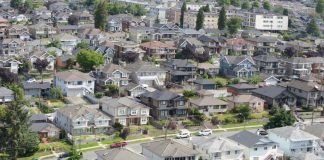BUILDING more homes near transit hubs is the focus of new proposed legislation aimed at speeding up the delivery of homes and encouraging more communities near the transit, services and amenities that make life better for people.
“Building more homes near transit is good for people, communities, and helps make the most of transit, infrastructure and services,” said Ravi Kahlon, Minister of Housing, on Wednesday. “But layers of regulations and outdated rules are stopping this kind of development from becoming a reality in too many municipalities. That’s why we are taking action to remove barriers and deliver more transit-oriented communities, faster.”
This legislation, if passed, will build on work underway to facilitate more transit-oriented development, create more livable communities and tackle the housing crisis. Earlier this year as part of Budget 2023, the Province committed approximately $400 million to deliver thousands of units at or near transit over the next 10 to 15 years by accessing land that is suitable to be acquired near transit hubs and transforming it into thriving communities.
“We’re working to leverage public lands to build more affordable housing in connected, livable communities,” said Rob Fleming, Minister of Transportation and Infrastructure. “This legislation is the next step forward to help remove roadblocks and fast-track more transit-oriented development that works for people in their communities.”
In some cases in B.C., higher-density neighbourhoods have been established around transit hubs, but in other cases, restrictive zoning bylaws and parking requirements, along with delayed development approvals, continue to slow down the delivery of homes and services near transit hubs. As B.C. continues to invest significantly in transit infrastructure, it is important that this investment accommodates additional housing units to create vibrant and livable neighbourhoods.
The proposed legislation will require municipalities to designate Transit Oriented Development Areas (TOD Areas) near transit hubs. These TOD Areas are defined as land within 800 metres of a rapid transit station (e.g., SkyTrain station) and within 400 metres of a bus exchange where passengers transfer from one route to another (e.g., Newton Bus Exchange in Surrey).
In these designated TOD Areas, municipalities will be required to:
* permit housing developments that meet provincial standards for allowable height and density. The minimum allowable height and density is based on tiers – at its highest in the centre of the TOD Area – and will differ based on the type of transit hub (SkyTrain stop/bus exchange) and a municipality’s size, population and location. Note: A full list of intended allowable standards is available in a backgrounder.
* remove restrictive parking minimums and allow for parking to be determined by need and demand on a project-by-project basis.
* utilize standards and details in the provincial policy manual to provide consistency in the approach to developing TOD Areas.
Municipalities will still be able to require builders and developers to add parking to accommodate people living with disabilities. Commercial parking requirements will not be affected within TOD Areas. Builders and developers will be able to build as much parking as desired for a project but will not be required to meet a minimum standard of parking units.
Modelling future scenarios cannot account for unforeseen circumstances, the changing nature of housing, real-estate markets and other factors, but preliminary analysis indicates the Province could see approximately 100,000 new units in TOD Areas in B.C. during the next 10 years.
To support the legislation, the Province will create a provincial policy manual to support municipalities with setting their site standards and moving forward with proposed housing projects.
Following the release of regulations and the policy manual in December 2023, the lands that local governments have designated for transit-oriented growth in their official community plans will be immediately captured under the new minimum allowable density requirements included in the legislation.
For the remaining TOD Areas that require local government designation, municipalities will have until June 30, 2024, to designate these areas (pending regulation). It is expected that approximately 100 TOD Areas will be designated in approximately 30 municipalities throughout B.C. within the first year of the new legislation coming into effect.
Where a local government’s current zoning allows for less density than the new provincial minimum, the new increased minimum density must be allowed by the local government. However, local governments can approve higher density at their discretion.
This proposed legislation will advance alongside the proposed small-scale, multi-unit housing legislation (SSMU). While SSMU will add increased density near transit stops, TOD Areas that have higher density will take precedence over SSMU zoning should they overlap.
This legislation is part of the Province’s Homes for People action plan. Announced in spring 2023, the plan builds on historic action to deliver housing since 2017, and sets out further actions to deliver the homes people need faster, while creating more vibrant communities throughout B.C.
Standards for Transit Oriented Development Areas
Many of the specific standards for Transit Oriented Development Areas (TOD Areas), including minimum densities, will be confirmed by policy and regulation.
Note: Where a local government’s current zoning allows for less density than the new provincial minimum, the provincial minimum must be allowed. Local governments can still approve higher density at their discretion.
The intent for future policy and regulations includes the following:
* Two types of provincially designated TOD Areas at Transit Hubs
* within 800 metres of a rapid transit stations (SkyTrain)
* within 400 metres of a bus exchange where passengers transfer from one route to another
* Permitted density within TOD Areas based on:
* type of transit hub (rapid transit/bus exchange)
* proximity to the transit hub station
* a municipality’s population, geographic location and overall housing market broken down into three TOD Area types
* The three TOD Area types:
* Type 1A: Rapid transit hubs in Metro Vancouver
* Type 1B: Bus exchanges in Metro Vancouver
* Type 2: Bus exchanges in the Capital Region, Kelowna and other medium sized municipalities
* Type 3: Bus exchanges in smaller sized municipalities
Floor area ratio (FAR) is the total amount of usable floor area that can be developed relative to the size of the lot. The higher the permitted floor area ratio on a lot, the more housing units will be permitted on that lot.
* In Type 1A (SkyTrain stations) in Metro Vancouver, it is intended that municipalities will be expected to permit residential developments in TOD Areas using the following density criteria:
* prescribed distance of 200 metres or less from a rapid-transit hub – minimum density up to 5.0 FAR, minimum height up to 20 storeys.
* prescribed distance of 201 metres to 400 metres from a rapid-transit hub – minimum density up to 4.0 FAR, minimum height up to 12 storeys.
* prescribed distance of 401 metres to 800 metres from a rapid-transit hub – minimum density up to 3.0 FAR, minimum height up to eight storeys.
* In Type 1B (Bus exchanges) in Metro Vancouver, it is intended that municipalities will be expected to permit residential development in TOD Areas using the following density criteria:
* prescribed distance of 200 metres or less of a bus exchange – minimum density up to 4.0 FAR, minimum height up to 12 storeys.
* prescribed distance of 201 metres to 400 metres of bus exchange – minimum density up to 3.0 FAR, minimum height up to eight storeys.
* In Type 2, it is intended that in the Capital Region, Kelowna and other medium-sized communities, municipalities will be expected to permit residential development in TOD Areas using the following density criteria:
* prescribed distance of 200 metres or less of a bus exchange – minimum density up to 3.5 FAR, minimum allowable height up to 10 storeys.
* prescribed distance of 201 metres to 400 metres of bus exchange – minimum density up to 2.5 FAR, minimum height up to six storeys.
* In Type 3, in other qualifying municipalities, it is intended that transit hubs that meet the service requirements, municipalities will be expected to permit residential development in TOD Areas using the following density criteria:
* prescribed distance of 200 metres or less of a bus exchange – minimum density up to 2.5 FAR, minimum allowable height up to six storeys.
* prescribed distance of 201 metres to 400 metres of bus exchange – minimum density up to 1.5 FAR, minimum allowable height up to four storeys.
This will apply only to residential or mixed residential land use, meaning that properties that are zoned for commercial, agricultural (Agricultural Land Reserve) and industrial land uses will not apply. Federally regulated properties, such as the Vancouver International Airport, are exempt, as are First Nations reserve lands.











